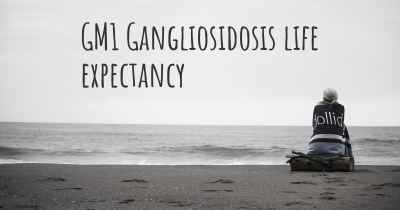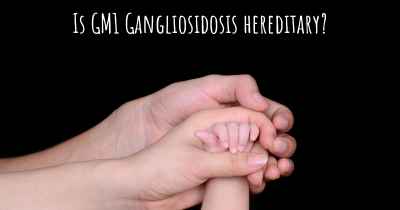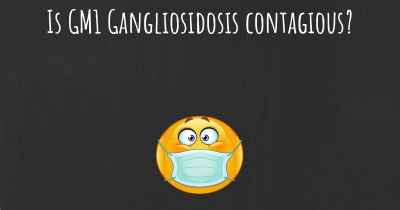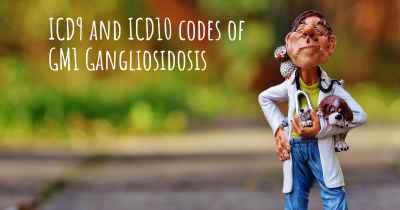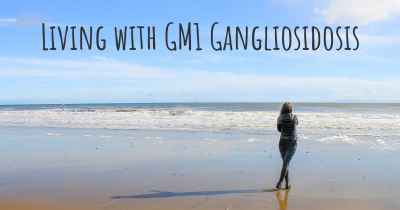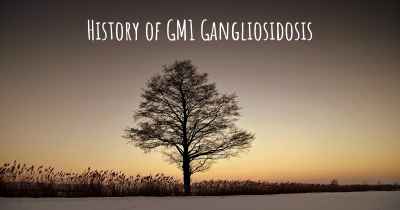GM1 Gangliosidosis diet. Is there a diet which improves the quality of life of people with GM1 Gangliosidosis?
Are you aware of a diet that can improve the quality of life of people with GM1 Gangliosidosis? Is there a diet that is suggested to avoid when having GM1 Gangliosidosis? See if there is a diet that can improve the quality of life of people with GM1 Gangliosidosis, recommended and to avoid food when having GM1 Gangliosidosis
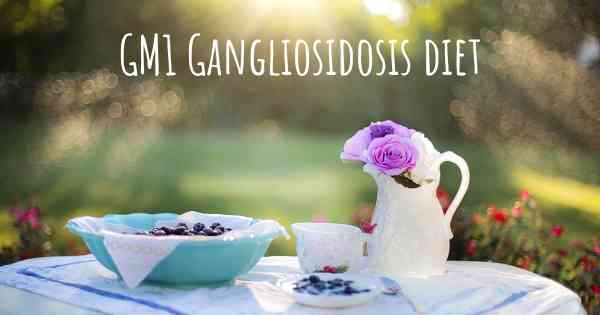
GM1 Gangliosidosis Diet: Improving Quality of Life
GM1 Gangliosidosis is a rare genetic disorder that affects the body's ability to break down a specific type of fat called gangliosides. This leads to the accumulation of gangliosides in various tissues and organs, causing progressive damage and impairing the normal functioning of the body. While there is currently no cure for GM1 Gangliosidosis, a well-planned diet can play a crucial role in improving the quality of life for individuals with this condition.
The Importance of Nutritional Support
Proper nutrition is essential for individuals with GM1 Gangliosidosis as it can help manage symptoms, support overall health, and potentially slow down disease progression. A well-balanced diet can provide the necessary nutrients, support optimal growth and development, and enhance the body's ability to cope with the challenges posed by this condition.
Key Dietary Considerations
While there is no specific diet that has been proven to cure or reverse GM1 Gangliosidosis, certain dietary modifications can help alleviate symptoms and improve the overall well-being of affected individuals. Here are some key considerations:
- Caloric and Nutrient Density: Individuals with GM1 Gangliosidosis often have increased energy needs due to the metabolic demands of the disease. Therefore, it is important to ensure that their diet is calorie-dense and provides adequate amounts of essential nutrients. This may involve increasing portion sizes, incorporating healthy fats, and including nutrient-rich foods.
- Protein: Protein is crucial for growth, repair, and maintenance of body tissues. Including high-quality protein sources such as lean meats, poultry, fish, eggs, dairy products, legumes, and tofu can help support muscle strength and overall health. However, it is important to consult with a healthcare professional to determine the appropriate protein intake for each individual.
- Carbohydrates: Complex carbohydrates, such as whole grains, fruits, vegetables, and legumes, should form the basis of the diet. These provide essential vitamins, minerals, and fiber, which are important for overall health and digestion.
- Fat: While fat intake should be moderated, including healthy fats from sources like avocados, nuts, seeds, and olive oil can provide essential fatty acids and support brain health.
- Vitamins and Minerals: Ensuring adequate intake of vitamins and minerals is crucial for individuals with GM1 Gangliosidosis. A diet rich in fruits, vegetables, whole grains, and lean proteins can help meet these requirements. However, in some cases, additional supplementation may be necessary. It is important to work closely with a healthcare professional or registered dietitian to determine individual needs.
- Hydration: Staying well-hydrated is important for overall health and can help manage symptoms such as constipation. Encouraging regular fluid intake, including water and other hydrating beverages, is essential.
Individualized Approach
It is important to note that the dietary needs of individuals with GM1 Gangliosidosis can vary depending on their age, disease progression, and overall health. Therefore, it is crucial to work closely with a healthcare professional or registered dietitian to develop an individualized nutrition plan that addresses specific needs and goals.
Additional Considerations
While diet plays a significant role in managing GM1 Gangliosidosis, it is important to remember that it cannot cure or reverse the condition. Other supportive measures, such as physical therapy, occupational therapy, and medications, may also be necessary to manage symptoms and improve quality of life.
Conclusion
A well-planned diet can greatly contribute to improving the quality of life for individuals with GM1 Gangliosidosis. By focusing on adequate nutrition, including essential nutrients, and working closely with healthcare professionals, individuals with GM1 Gangliosidosis can optimize their overall health and well-being.
